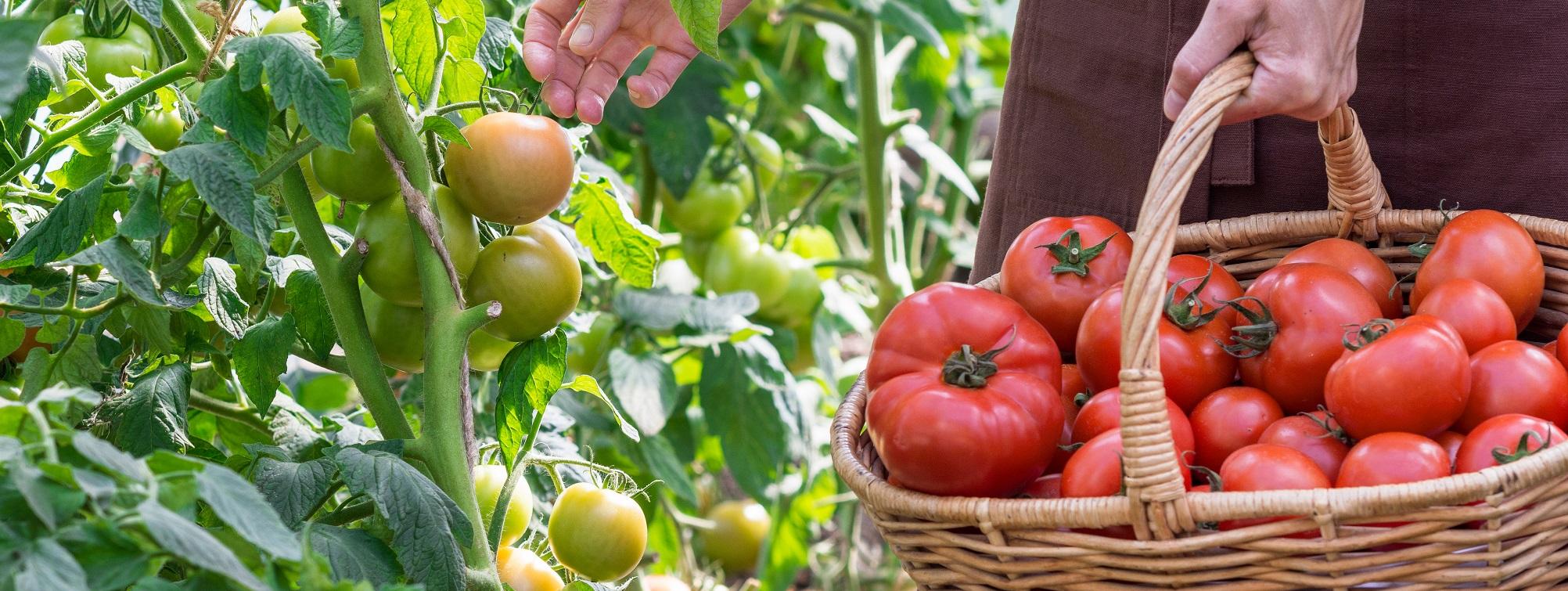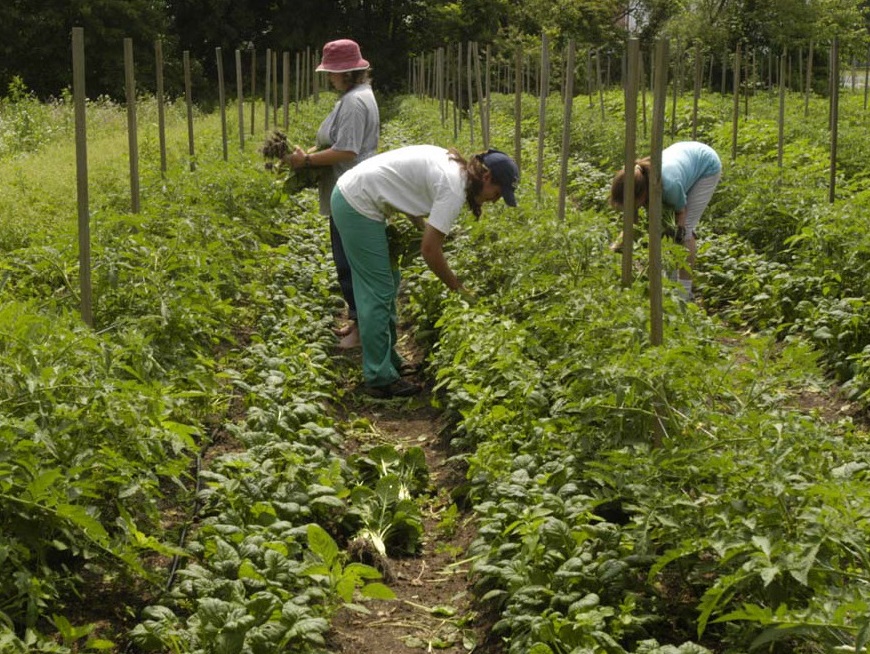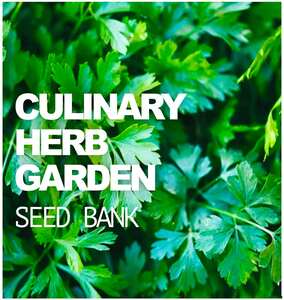The Ultimate Gardening Guide for Beginners: Whatever You Need to Know
The Ultimate Gardening Guide for Beginners: Whatever You Need to Know
Blog Article
The Comprehensive Guide to Gardening: Discover the Benefits of Different Styles and Techniques
Gardening includes a diverse array of designs and techniques, each offering unique advantages tailored to individual choices and environmental contexts. As we explore these various styles, it becomes obvious that the choices made can dramatically influence both the yard's health and wellness and its contribution to the surrounding setting.
Understanding Horticulture Basics
Recognizing the basics of gardening is necessary for cultivating a flourishing and lasting yard. A successful gardening endeavor begins with a strong structure of knowledge concerning dirt, plant option, and climate considerations.
Choosing the right plants is just as important. Comprehending their certain requirements-- such as sunshine, water, and spacing-- makes certain compatibility with the local environment and dirt conditions. This choice procedure should likewise think about the development practices and lifecycle of plants, permitting a well balanced and visually pleasing yard.
Furthermore, efficient sprinkling techniques are essential. Over-watering and under-watering can both bring about plant stress and anxiety and disease. Executing a timetable based on seasonal modifications and plant demands can improve water efficiency.
Popular Gardening Styles
What defines the essence of popular gardening styles? These designs envelop varied visual principles, practical needs, and environmental considerations, eventually mirroring the gardener's individual vision. Among one of the most prominent styles is the home yard, defined by its informal format and a vivid variety of flowers and veggies. This technique highlights a harmonious mix of color and structure, creating a welcoming environment.
Alternatively, the formal garden personifies proportion and order, often including geometric patterns and thoroughly trimmed hedges. This design interacts elegance and sophistication, with carefully picked plants that strengthen a structured visual.
The Japanese yard supplies a peaceful and reflective experience, making use of natural components like water, rocks, and plants to create a tranquil setting. It focuses on simplicity and equilibrium, motivating consideration.
Furthermore, xeriscaping has gotten popularity, particularly in arid regions (Gardening). It focuses on drought-resistant plants and effective water usage, advertising sustainability while improving landscape charm
Benefits of Container Gardening
Container gardening uses a plethora of advantages that make it an appealing alternative for both beginner and seasoned garden enthusiasts alike. One of the key benefits is flexibility; containers can be put in numerous areas, allowing gardeners to enhance sunshine direct exposure and develop visually appealing plans. This flexibility makes it possible to yard in rooms where standard in-ground gardening might not be feasible, such as verandas, patios, or metropolitan environments.
Furthermore, container horticulture provides much better control over dirt problems. Garden enthusiasts can customize the dirt mix to match details plants, ensuring ideal drainage and nutrient accessibility. This is particularly useful for individuals staying in areas with bad or polluted soil.
One more significant benefit is the minimized threat of parasites and conditions. Container plants can be kept track of more conveniently, and any concerns can be resolved quickly. Moreover, this technique can reduce the spread of invasive varieties.
Lasting Gardening Practices
Sustainable gardening practices are vital for promoting environmental health and enhancing biodiversity in our ecological communities. These techniques focus on eco-friendly equilibrium, resource conservation, and you could try these out using organic techniques to decrease unfavorable ecological impacts. By utilizing strategies such as composting, garden enthusiasts can decrease waste while enhancing dirt health, thus promoting a thriving garden environment.
Water preservation is another vital facet of lasting gardening. Techniques such as rainwater harvesting, drip irrigation, and the usage of drought-resistant plants can significantly decrease water usage while making sure that plants obtain adequate moisture. Integrating native plant species into garden designs supports local wildlife and minimizes the requirement for chemical plant foods and chemicals, which can be dangerous to the setting.

Ultimately, lasting horticulture practices not just contribute to healthier gardens however additionally advertise an even more resilient atmosphere, using lasting advantages to both the gardener and the surrounding community.
Tips for Successful Gardening
To cultivate a successful yard, use this link garden enthusiasts should prioritize careful planning and thoughtful execution of their horticulture approaches. Begin by assessing the local environment and dirt problems, as these variables significantly influence plant selection and growth. Select plants that are appropriate to your atmosphere, thinking about native types that will certainly love very little treatment.
Carrying out a well-structured format is critical (Gardening). Make use of friend growing techniques to advertise biodiversity and all-natural bug control, while making certain each plant has ample space for growth. This not only enhances visual appeals however also improves overall plant health and wellness
Routine maintenance is key to an effective yard. Develop a constant routine for watering, weeding, and fertilizing. Mulching can help retain dampness and reduce weeds, while likewise adding raw material to the dirt.
Routinely keeping track of plant health and development will permit for timely treatments. Be open to learning and adjusting; horticulture is a constant procedure that benefits from experience and trial and error.
Conclusion


In recap, the exploration of diverse horticulture designs and techniques exposes their multifaceted advantages, contributing to both aesthetic allure and ecological wellness. Container horticulture supplies versatility and access, while lasting methods improve environmental stewardship. By integrating various strategies and techniques, garden enthusiasts can enhance their initiatives, advertise biodiversity, and create functional outdoor spaces. Ultimately, this comprehensive overview serves as a valuable source for cultivating effective horticulture experiences, fostering a much deeper link with nature and the surrounding my response ecological community.
Report this page